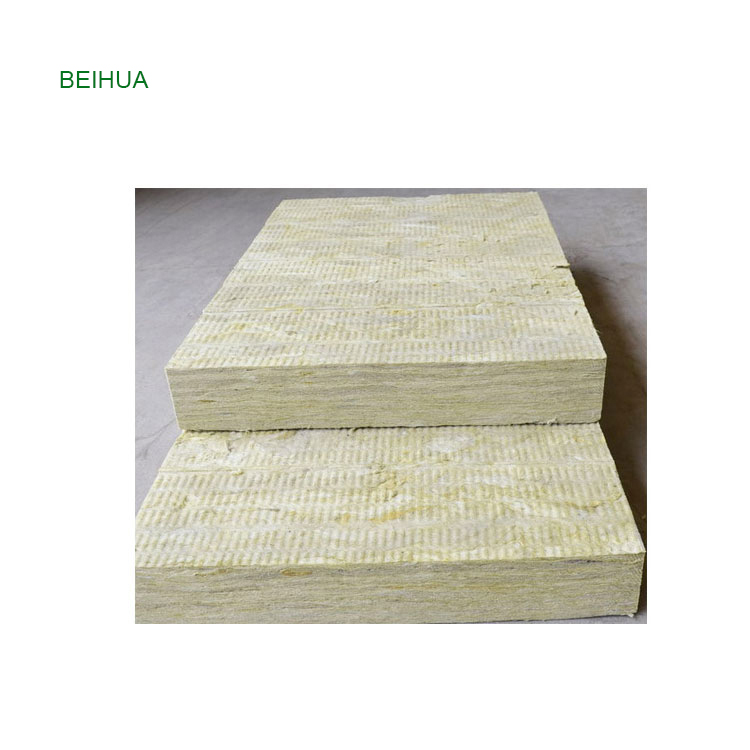1.It is not advisable to carry out outdoor heat preservation and heat insulation works on rainy days, otherwise rainproof measures should be taken.
2.If rock wool board is used for outdoor heat preservation or where mechanical abrasion is prone to occur, metal or plastic wrap should be used. Pay attention to the sealing of joints and gaps. If necessary, a seal can be added, and the overlap of the wrapping layer shall not be less than 100mm.
3.In order to make the heat loss smaller, all the seams of the board and the felt need to be tightly connected. In the case of multi-layer insulation, the cross joints should be staggered to avoid the formation of thermal bridges. In the case of thermal insulation, cold bridges should be avoided.
4.Facilities and pipes that require rock wool board insulation should have no leakage, dry surface, no grease, and no rust. In these cases, appropriate coatings can also be adopted to promote corrosion protection.
5.When the rock wool board is used for cold insulation, it is necessary to add a moisture-proof layer on the cold surface to achieve heat insulation. When the temperature is particularly low, use resin-free rock wool for heat insulation, and the moisture-proof layer also needs to be fireproof.
6.For the insulation of rock wool board products for large-diameter or flat-walled equipment, insulation nails should be added when the temperature exceeds 200 ℃, and the outer protection should be tightly attached.
7.When the thermal insulation object is placed vertically and has a considerable height, the thermal insulation layer needs to have positioning pins or support rings with a spacing of no more than 3 meters to prevent the thermal insulation material from slipping off during vibration.
Post time: Jul-28-2021





